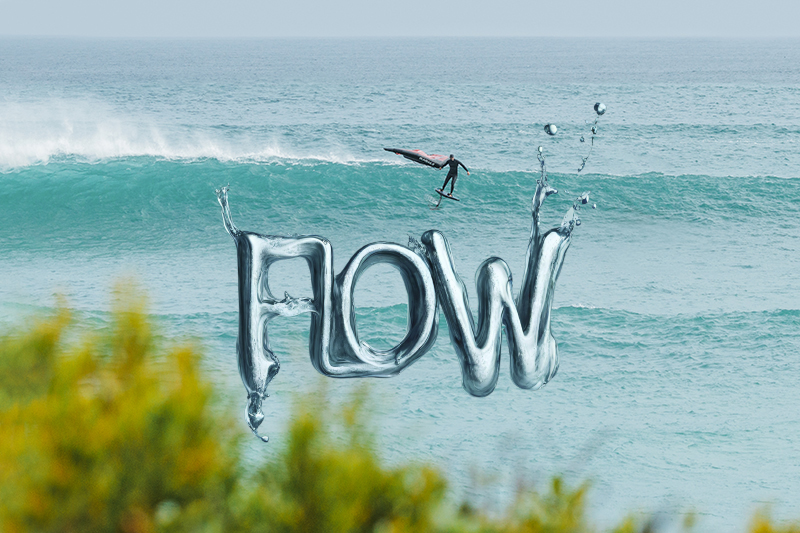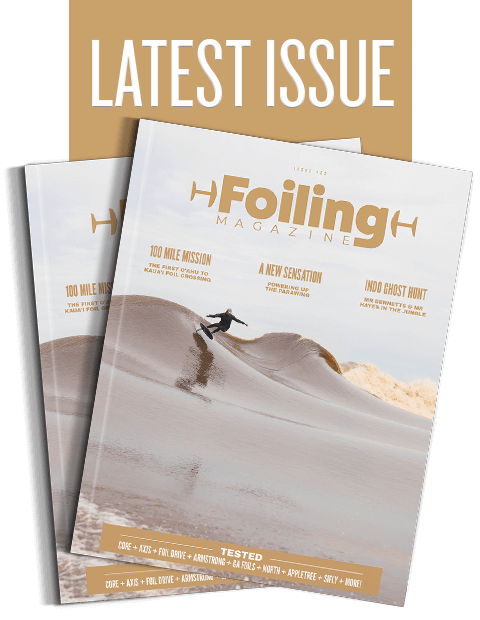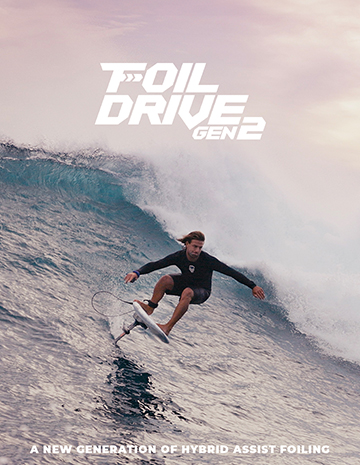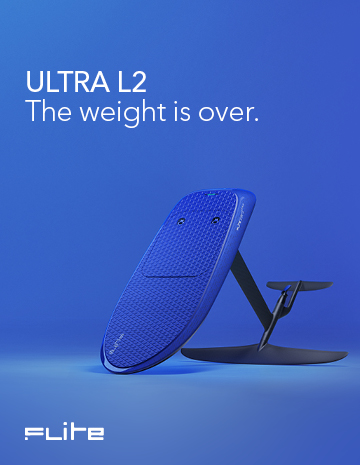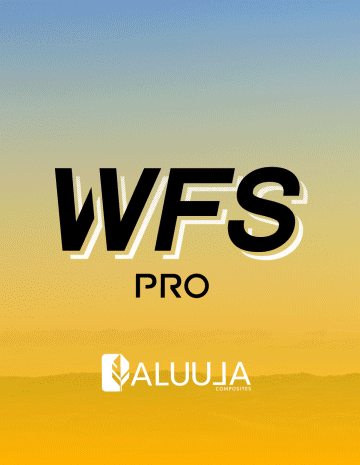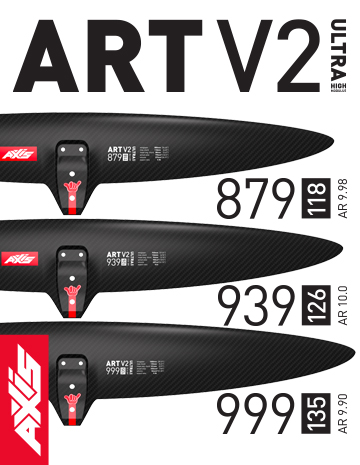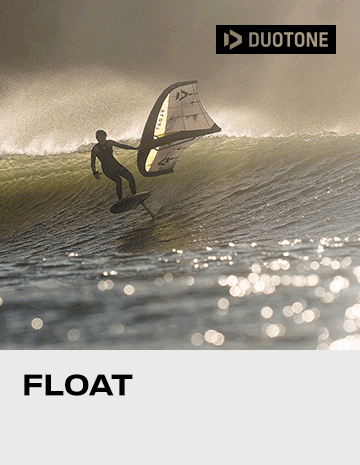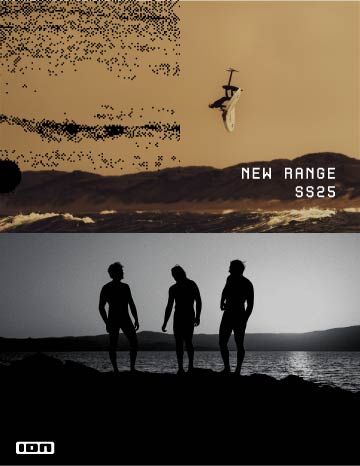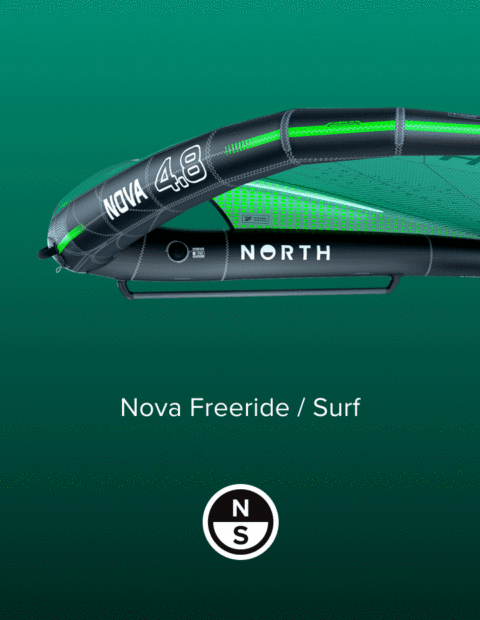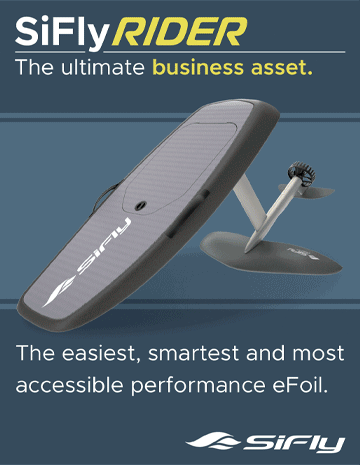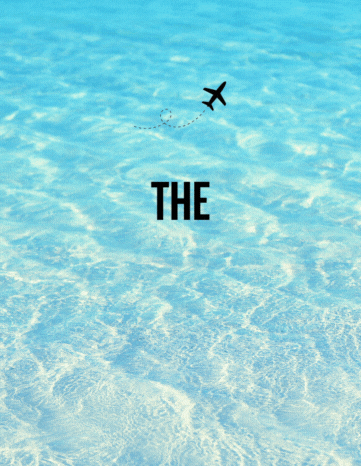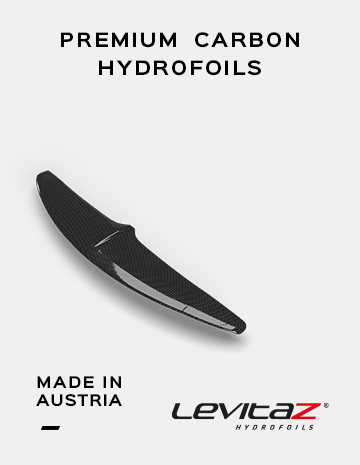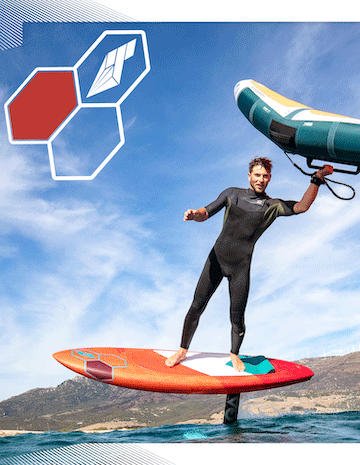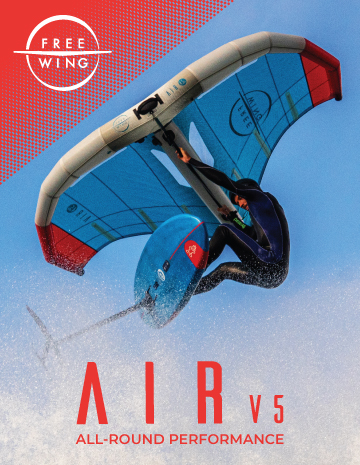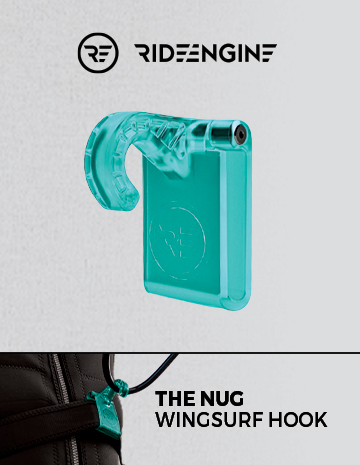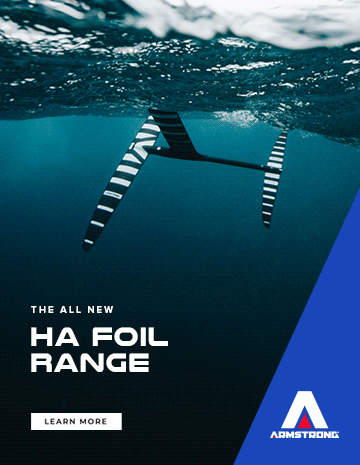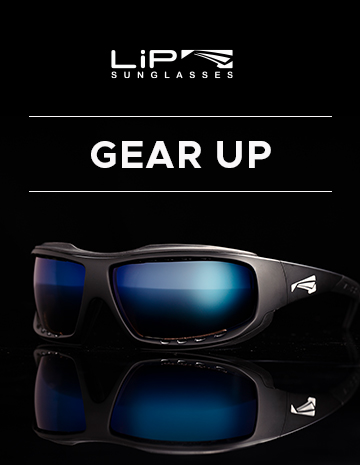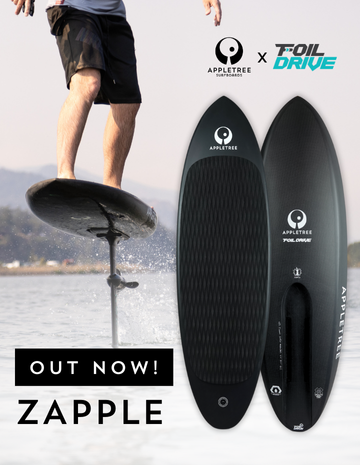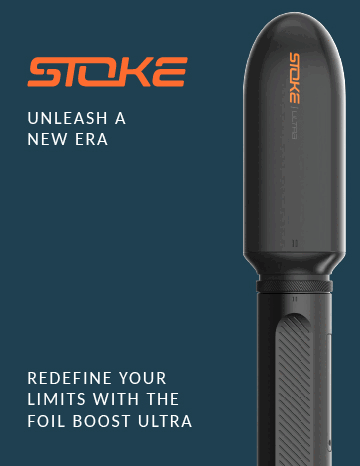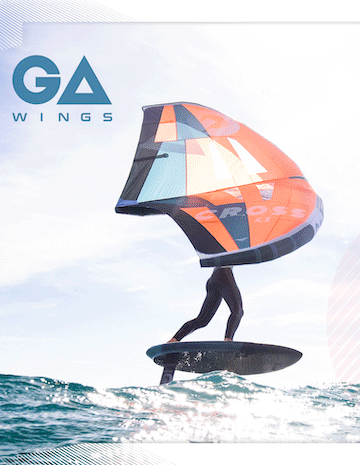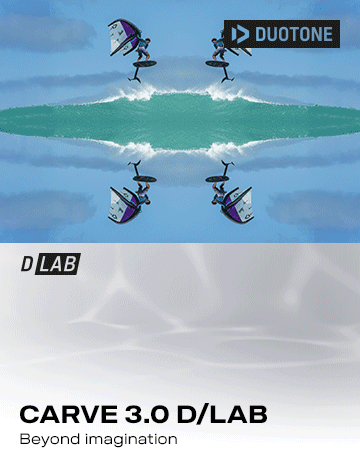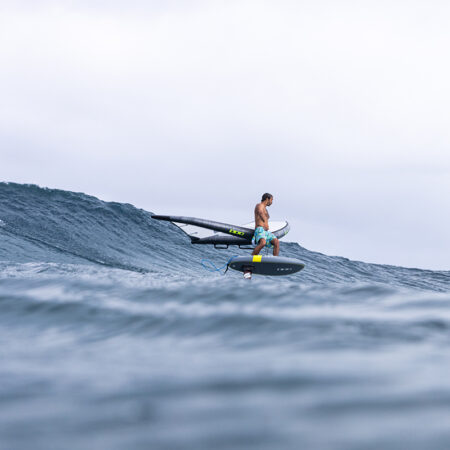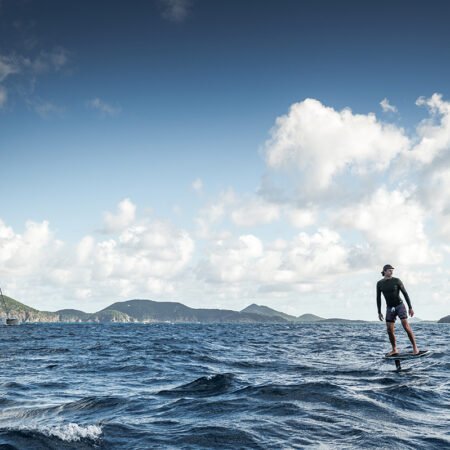Flow: The Secret to Pure Performance in Wingfoiling
Has Flo(w) Jung unlocked the secret to making every session better than the last? Quite possibly. Read on and find out how you might reach wingfoil nirvana too…
Words: Florian Jung
Photos: Samuel Tomé
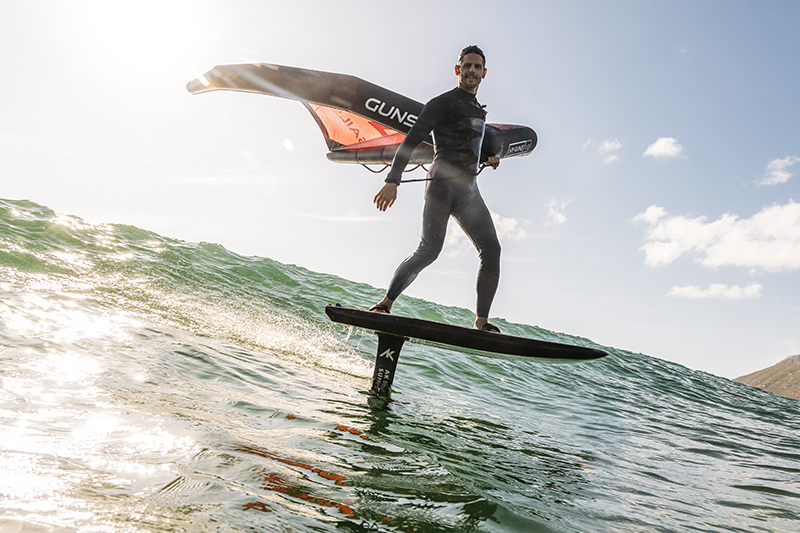
Famous Kung Fu fighter Bruce Lee once said: “Be like water”. Adapt to any circumstances, feel the energy that is within you and go with the flow.
The other day I had a wing foil session close to the Cape of Good Hope in South Africa, when I experienced a unique moment. It was early in the morning; the sun slowly came over the mountain range and filled the landscape with a warm, fresh light. The wind blew moderately into the small bay. Armed with a 4m wing and a 65 liter board, I jumped into the cold water and comfortably headed out towards the coming sets. I was the only one out and the setup was as good as it can be. The colors of the water under my board resembled those of an outdoor swimming pool and a seal hissed happily through the turquoise water on the first wave of the day. I felt motivated, my gear setup was perfectly adjusted and I was ready to draw my own lines into these beautiful, head-high, round liquid walls. My timing was on point, my moves worked effortlessly, and I played in the waves like a little kid. Everything came together and it was like the ocean was adapting to my needs. It was a typical “flow” moment. Filled with joy, I came back to the shore after a couple of hours with a single question: How can I experience that feeling over and over again? What did I do different and what would life be like if all my sessions or even all the things that I dedicated my time to worked out like this?!
No swimming against the currents of daily problems, no conflict, just joy, peace and happiness. Now let’s be honest here – that sounds like a dream, but life is a ride with ups and downs. There will be days on the water that won’t go according to plan, where the wind suddenly drops, where your gear breaks down or you simply don’t get into the groove. What if we use each experience, good or bad, to learn and then give it our best in the present moment?
As a pro athlete, I study this subject of being in the zone in a lot of ways and it has truly helped me to excel in my skills and collect moments that will last for a lifetime. Here's my guide on how to get into the flow state as a wingfoiler, along with personal tips to help you ride the wind of peak performance.
Mindful Preparation.
Achieving flow starts before you even hit the water. Clear your mind of distractions and set clear intentions for your session. Visualize your movements, the wind's direction, and the sensation of gliding on the water. By mentally priming yourself, you create a seamless transition from anticipation to action.
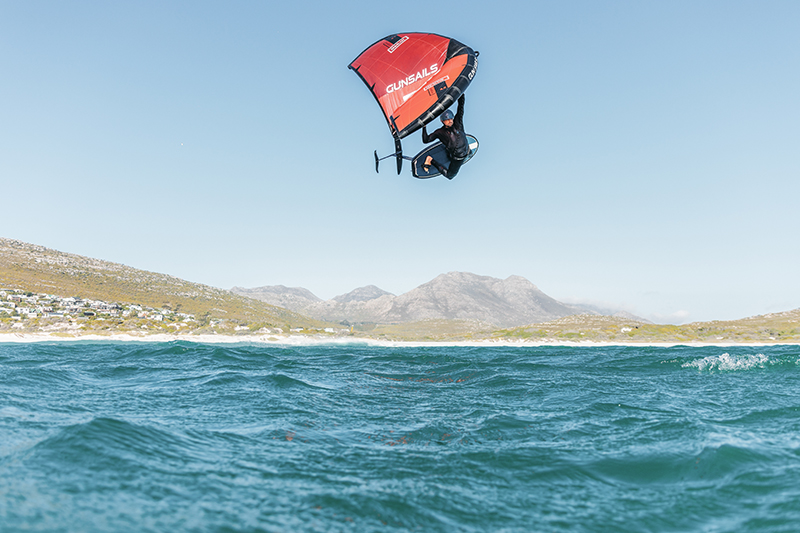
Set a clear goal.
It makes sense to set a clear intention before tackling a task. A classic example could be to set a clearly defined goal, like a new move, riding a new and challenging spot, or just perfecting your current trick repertoire. Take note though – too much focus on the result causes stress and pressure instead of flow in many cases. If we get too focused on the end result, the joy will fade away. First make it clear to yourself what it is you want to do and how you’re going to achieve it and then do what you want to do without worrying about what the end result is.
Challenge yourself.
Flow arises when you need to use your skills and give your very best to accomplish a task. When you are challenged, without being overwhelmed. Gnarly conditions, such as big waves, can quickly exceed a beginner’s ability. Stress, fear and resignation occur involuntarily. In contrast to that, a rider that is used to big waves will probably be bored to hell when sailing on flatwater with light winds. Push yourself beyond your comfort zone, but not to the point of frustration. Gradually introduce new techniques or tricks, incrementally increasing the complexity of your rides. This creates a balanced dance between skill and challenge, leading to a heightened state of focus and enjoyment.
Intrinsic motivation.
The easiest way to get into the flow is if we are motivated from the inside out and do what we do voluntarily. This shouldn’t be too hard for most of us wingfoilers. But there are certainly situations when you need to get fired up in order to get going. For me this is often the case in winter, when the temperatures are below eight degrees and I have to ask myself twice if I really want to head into the cold instead of taking it easy on the couch. This can also be the situation if we go for a new move the first time. That’s why it’s important to be well prepared, and then just go for it.
“The best moments in our lives are not the passive, receptive, relaxing times… The best moments usually occur if a person’s body or mind is stretched to its limits in a voluntary effort to accomplish something difficult and worthwhile.”
Mihaly Csikszentmihalyi
Perfecting Technique.
Flow is often experienced when your skills and the challenge at hand are in perfect harmony. Dedicate time to mastering the fundamental techniques of wingfoiling, such as balance, handling the wing, and maneuvering the board. Practice until these movements become second nature, allowing you to focus your attention on the wind and water dynamics. A lot of moves can easily be practiced on the beach before you enter the water.
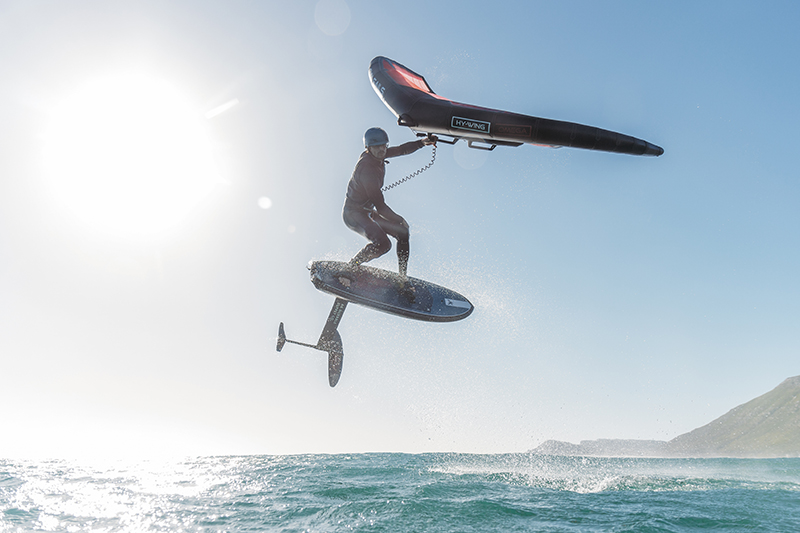
Concentration.
Concentrating on the present moment is probably the most important factor in getting into the flow state. You are completely awake and present. Specifically, this could be to set your focus on the forearm in the jibe or the hip rotation during the cutback. It's important to focus on one thing instead of multitasking. In addition, you should create a frame where you can concentrate well. Uncrowded spots with space and consistent winds are preferred to be able to practice in peace. The gear also plays a decisive role for me. If I am overpowered or something does not fit, it is difficult to concentrate on the essentials. Moreover, my fitness is a big factor in order to stay focused for a duration of more than two hours on the water.
Regardless of who you are, how old you are and what you do: when you are focused, you can perform on your highest level. We need to find ways on how to empty the “garbage” in our head, where we leave fears, worries and thoughts of the future and past on the beach for a moment and just return to the present moment.
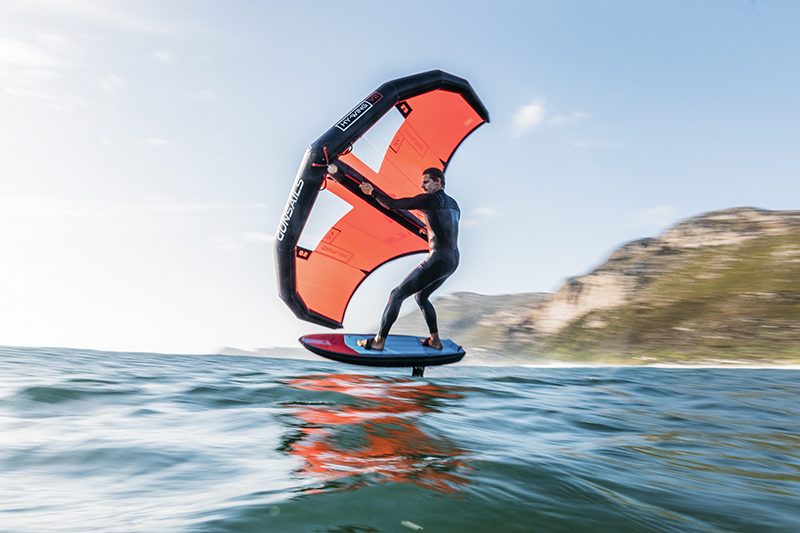
Effortlessness.
In flow, things go with ease. Everything runs effortlessly. One step follows the other – continuously and smoothly, although this doesn’t necessarily make it simple. This effortlessness also has an interesting and extremely positive effect: we perform without getting tired. When we are in flow, we have enormous power, which seems to come from an inexhaustible reservoir. One hallmark of flow is adaptability. Embrace the challenges that arise, viewing them as opportunities to enhance your skills. This flexibility keeps you engaged and enhances the feeling of being in the present moment.
Feeling of control.
In flow you have the subjective feeling that you have everything under control. Everything goes according to plan as if it’s guided by the Universe. You feel safe in what you do – even if it is objectively difficult or dangerous.
When you deliberately try to gain the feeling of control, you knit yourself a knot in the flow. What happens when your head tries to control every wave ride? An inner dialogue comes up, something like: “Can I still make it to section of the wave, oops, it's getting tight, too late!”. Flow occurs when the mind is calm and clear. When the mind stops interfering, our instinct comes into play. Fed by several experiences from the past, which are stored in our subconscious, our autopilot takes over. This means that to get into the flow, it's absolutely necessary to let it all go. With full concentration, the inner dialogue in the head stops. There is no room for self-doubt or blocking thoughts.
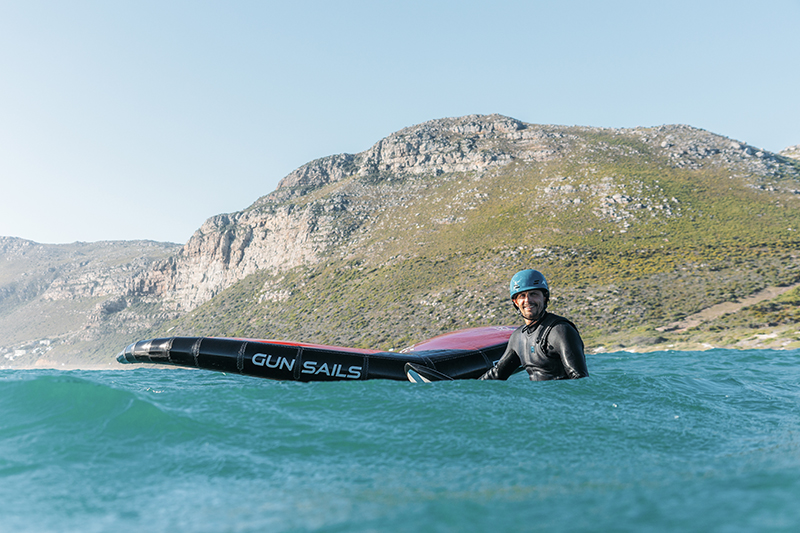
Loss of sense of time.
The sense of time is often distorted in the flow. In all activities that I passionately enjoy, time seems to pass in the twinkling of an eye.
Personal tips for entering the state of flow:
- Breathe and be centered. Before I launch into the water, I take a few moments to breathe deeply and focus the mind. This simple act helps me to alleviate pre-session jitters and set the tone for a connected experience.
- Embrace mistakes. Mistakes are part of the learning process. Don't let them deter you. Instead, use them as valuable feedback to refine your technique and deepen your understanding of the sport. If I crash the first few moves, I try to think of a way of how to integrate fun again. It’s about keeping the right mindset of joy. Failing to be successful, with joy.
- Solo sessions. While wingfoiling with friends can be a blast, solo sessions can help you better concentrate on your movements, the wind, and the water. This solitude can facilitate a stronger connection to the elements and increase your chances of achieving flow.
- Celebrate small wins. Flow isn't just about big accomplishments; it's also found in the small triumphs. Celebrate nailing a smooth tack or effortlessly riding a swell. These mini victories reinforce your sense of progression and keep you engaged. That can be a simple tack, 100% perfectly executed.
- Stay present. Flow is all about being in the moment. Release thoughts of the past or worries about the future. Focus your attention on the sensation of being out on the water. Switch off any other thoughts. Be here and now.
I think wingfoiling is a sport with endless possibilities. It is that never-ending challenge to adapt to the elements in the best possible way and control the raw power of nature in your hands and under your feet. For sure it is not an easy sport but that is maybe the reason why so many of us dedicate our lives to it.
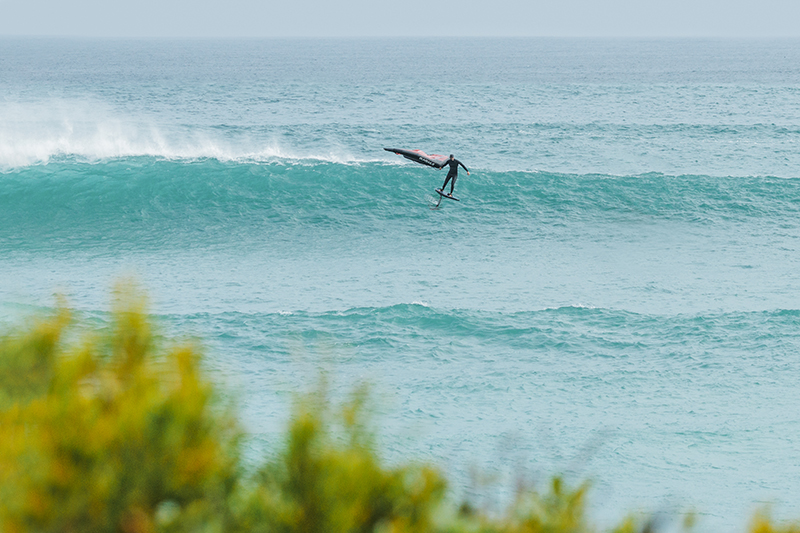
Our goal should be to define how we can keep getting better in our sport by making it more challenging. By mindfully preparing, honing your technique, connecting with the elements, adapting effortlessly, and finding your optimal challenge, you can consistently slip into this state of heightened performance. Remember, flow is as much a mental state as it is a physical one, and with practice and dedication, you can ride the winds of flow in every wingfoiling session. Good luck in finding your own flow.


